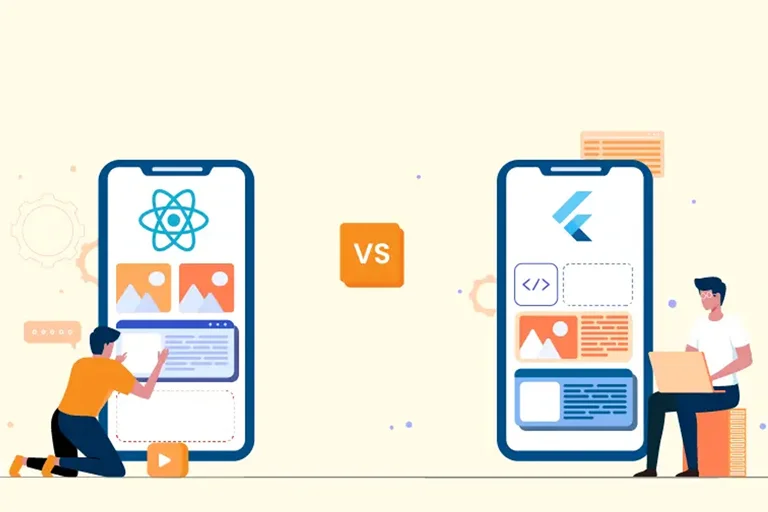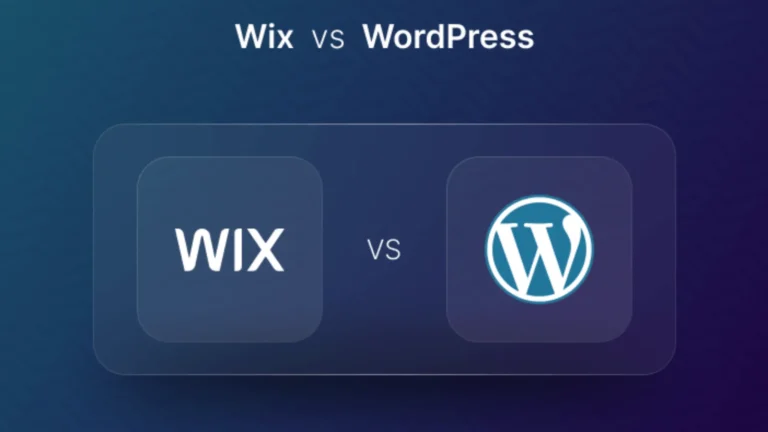React was first made available in 2013. React is a JS package that is used in the creation of web apps to create dynamic components on a website.
In the short period that it has been accessible, React has gained widespread appeal and seen the quickest growth.
There are many key truths regarding React development that many beginners and even seasoned React developers are unaware of. So, let’s start with the first one, shall we?
- React is not a framework in the traditional sense.
Even the most experienced React developers acknowledge that React is a Javascript framework. It is a JavaScript library for creating user interfaces, according to the official website of React, thus the simple answer is that React is a JavaScript library, but the truth remains that it exhibits many features that are typical of a framework.
All libraries are just collections of course definitions, and if you call a method from inside a library, you retain control over the situation. Frameworks, on the other hand, establish the control flow such that they may call your own code without you having to do anything.
Frameworks are meant to solve structural and structural problems in a particular manner, which is not precisely what React accomplishes. Frameworks are also expected to be flexible. React, on the other hand, simply offers techniques to help web developers better manage front-end development.
- SEO and React development are complementary.
It is often incorrectly believed that search engine optimization and React development are mutually incompatible endeavors. However, although it is true that single-page apps present certain SEO difficulties, such as issues with dynamic SEO tags and the fact that search engines may not be able to execute JavaScript code, these challenges may easily be solved with little effort.
- The Virtual DOM is much faster than the real DOM.
Almost all React developers have heard of the term virtual DOM and wondered what it was and what advantages it had over the real DOM (Document Object Model), which is a cross-platform and language-independent application programming interface that connects web pages to scripts or programming languages, allowing web developers to modify web pages with a scripting language such as Python.
- React has a large and active community.
Developers adore React, as shown by the vibrant community that has sprung up around it. It is possible to find many active React communities listed on the official website of the framework. Each community has hundreds or thousands of members who are eager to share their knowledge, provide helpful suggestions, and answer code-level queries.
A large number of free or very cheap React materials may be found on sites like YouTube, Udemy, Coursera, and other similar platforms as well. We strongly suggest this collection of resources for learning React if you want to get a solid understanding of what is available.
- React isn’t just a passing fad.
It is feasible to state with certainty at this point that each is not a passing trend because of the high level of corporate adoption that it has seen so far. There are hundreds of high-profile businesses, ranging from Facebook to Netflix to Khan Academy, who have successfully embraced React and utilized it to build enormously successful digital products.




